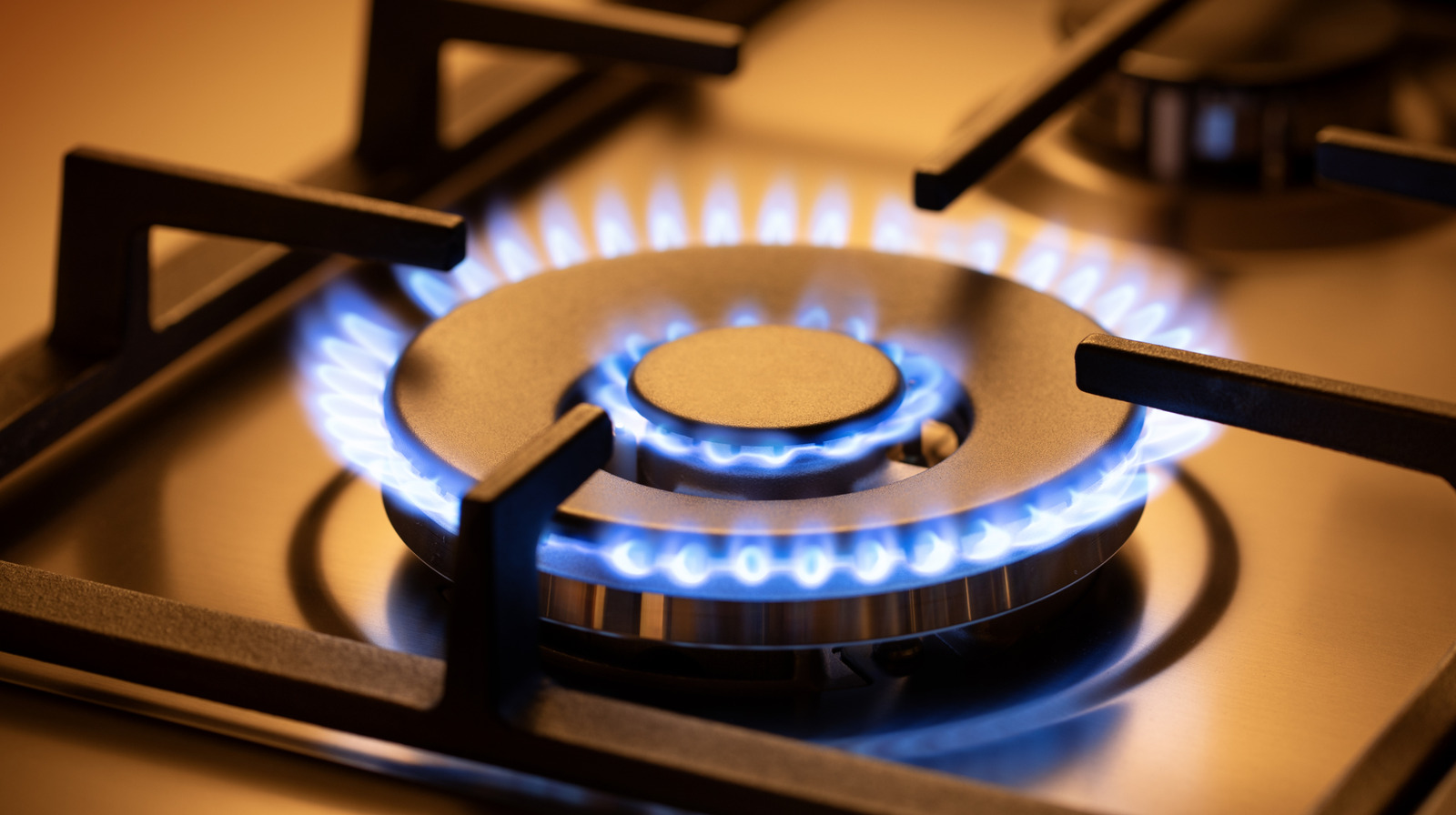
"Many homes already have the gas hookup required, so installation is basically just connecting the tubing from the stove to the one that sticks out of the wall. Induction stove price ranges vary, a lot, and might call for an electrical upgrade to a 240-volt outlet (which electric stoves also require) if the kitchen doesn't already have one. That part alone can add a few hundred dollars of upfront expense."
"Where induction starts to pull ahead is in day-to-day efficiency. Because the heat from fire dissipates quickly with distance, gas burners lose most of their heat to the air around the pan, so they're only about 40% efficient. An induction burner routes its energy directly into the metal of the cookware through an electromagnetic field instead of heating the air around it as well, so it uses far less power. Many induction ranges boast around 85-90% efficiency."
Gas stoves have lower upfront prices (often $350–$700) while induction ranges start higher (around $1,000) and can require an electrical upgrade to a 240-volt outlet, adding several hundred dollars. Induction cooking is far more efficient—commonly around 85–90%—because it transfers energy directly to cookware, while gas burners waste heat and run at roughly 40% efficiency. Operating-cost advantage depends on local utility prices and cooking frequency; light users may not recoup higher purchase costs. Many cooks prefer gas flame control, but gas stoves also present environmental concerns such as methane leakage and require different ventilation than commercial kitchens.
Read at Tasting Table
Unable to calculate read time
Collection
[
|
...
]